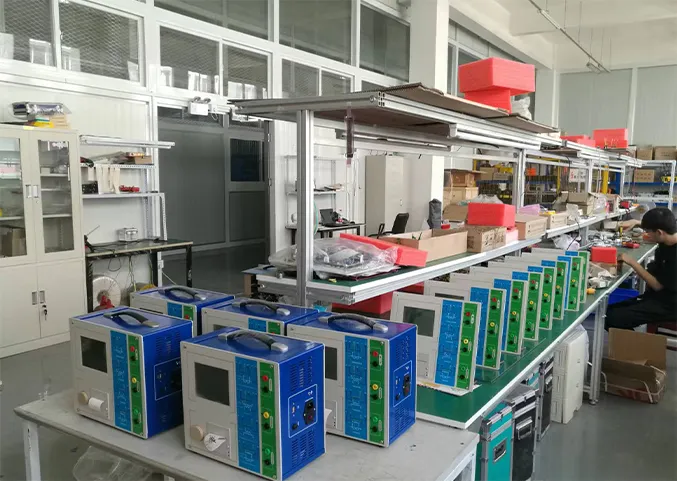 English
English


determination of oil and grease
Determination of Oil and Grease Importance and Methodologies
The determination of oil and grease in water and soil samples is a critical process in environmental monitoring and pollution control. Oil and grease, which primarily consists of hydrocarbons, can originate from various sources, including industrial discharges, runoff from urban areas, and accidental oil spills. The presence of these substances can lead to adverse ecological effects, harm aquatic life, and pose health risks to humans. Therefore, accurate measurement of oil and grease concentrations is essential for regulatory compliance, environmental protection, and effective remediation efforts.
Several methods are commonly employed to quantify oil and grease levels in various matrices. One of the most widely used techniques is the Solvent Extraction Method, which involves separating oil and grease from aqueous or soil samples using organic solvents. In this process, a known volume of the sample is mixed with a solvent, such as hexane or dichloromethane, which selectively dissolves the oil and grease. The solution is then evaporated, leaving behind the oil and grease residues, which can be weighed to determine the concentration. This method, while effective, often requires careful handling of solvents due to their hazardous nature.
Another prevalent method is the use of Infrared Spectroscopy (IR), which offers a rapid and non-destructive means to analyze oil and grease content. In this technique, the sample is exposed to infrared radiation, and the absorption of specific wavelengths indicates the presence of hydrocarbons. The intensity of the absorption correlates with the concentration of oil and grease, allowing for quantitative analysis. This method is advantageous due to its speed and the minimal sample preparation required; however, it may require calibration with known standards for accurate quantification.
determination of oil and grease

In addition to these methods, Gas Chromatography (GC) is often employed for a more detailed analysis of oil and grease components. This technique separates compounds within a sample based on their volatility, allowing for the identification and quantification of individual hydrocarbons present in the mixture. GC is particularly useful for determining the specific sources of pollution and the potential toxicity of the contaminants, making it an invaluable tool in environmental forensic investigations.
Regulatory bodies, such as the Environmental Protection Agency (EPA) in the United States, have established standardized methods for the determination of oil and grease to ensure consistent and reliable data across various studies and assessments. These methods often undergo rigorous validation to confirm their accuracy and precision. Following standardized methods not only facilitates regulatory compliance but also enhances comparability of data across different regions and sectors.
In conclusion, the determination of oil and grease is a vital aspect of environmental science, with significant implications for ecosystems, public health, and regulatory frameworks. The choice of method depends on the specific requirements of the study, including the nature of the sample, the level of precision needed, and the resources available. As environmental monitoring continues to evolve, advancements in analytical techniques will further improve our ability to assess oil and grease contamination and protect our natural resources effectively.
-
Differences between open cup flash point tester and closed cup flash point testerNewsOct.31,2024
-
The Reliable Load Tap ChangerNewsOct.23,2024
-
The Essential Guide to Hipot TestersNewsOct.23,2024
-
The Digital Insulation TesterNewsOct.23,2024
-
The Best Earth Loop Impedance Tester for SaleNewsOct.23,2024
-
Tan Delta Tester--The Essential Tool for Electrical Insulation TestingNewsOct.23,2024





